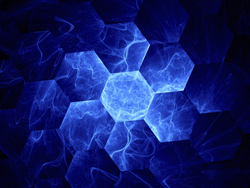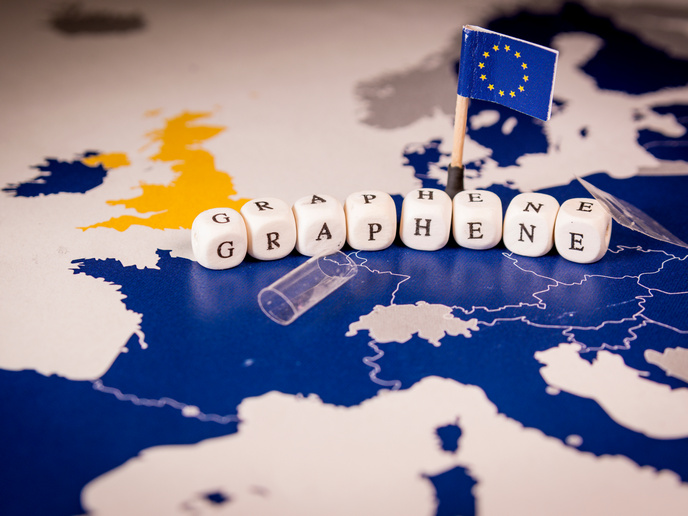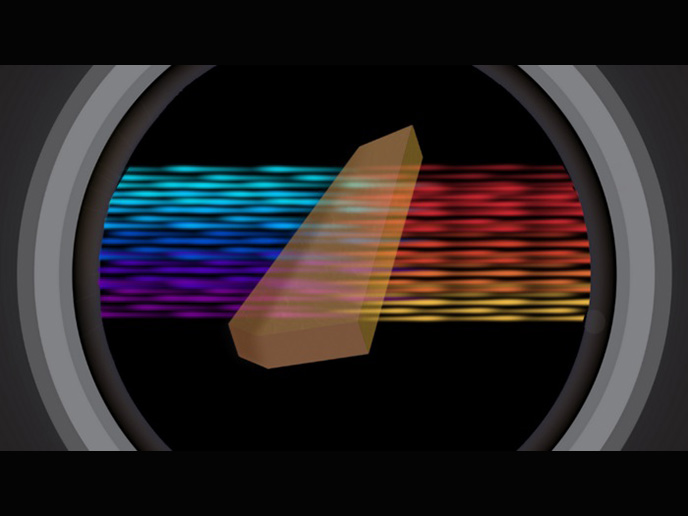Trapping carbon nanostructures in peptide-based gels
Hybrid materials provide the opportunity to combine the known characteristics of each constituent to realise novel functionalities and properties. The great diversity of supramolecular gel architectures has recently been successfully combined with other units to create sensitivity to light and chemicals for applications in sensing and actuating.EU-funded scientists developed a new gel hybrid system targeted at optoelectronics applications within the scope of the project 'Pi-electronic gel hybrids: Towards smart photoactive nanomaterials' (GELBRID). The soft materials are based on peptide-substituted molecules hybridised with inorganic nanoparticles or allotropes of carbon.Squaraine dyes are a class of organic dyes with strong absorption in the visible to near-infrared region of the electromagnetic spectrum. They are under intense investigation in the fields of sensors and solar cells. In groundbreaking work, the team demonstrated sonication-induced gelation of a peptide-functionalised squaraine dye that was accelerated by addition of very small quantities of single-walled carbon nanotubes. Extensive spectroscopic and microscopic characterisation revealed the mechanism of self-assembly. Results open the door to rational design and simple, inexpensive preparation of nano-structured hybrid materials made of squaraine and carbon allotropes such as fullerenes, carbon nanotubes and graphene. Further development should lead to novel optoelectronic devices with exciting new functionalities.Another line of research investigated exploitation of the inherent ability of peptide units to form bi-directional hydrogen bonds in order to combine p-type and n-type semiconductor materials. The team demonstrated self-assembly into a helical gel nanostructure of a p-type peptide conjugated (bound weakly) with n-type materials such as fullerenes and perylene diimides. Conductivity studies revealed that incorporation of the n-type materials enhanced the charge carrier mobility and carrier lifetime of the gel.The GELBRID project made significant progress in the design and manufacture of novel gel hybrid materials with promising potential for application in optoelectronic devices. Combing peptide self-assembly with novel functionalities offered by carbon nanostructures, the innovative and knowledge-based photoactive nanomaterials could lead to improved and low-cost solar cells encouraging greater market uptake to help meet the EU's ambitious renewable energy goals. Numerous other fields such as sensing and biomedicine also stand to benefit from project outcomes.







